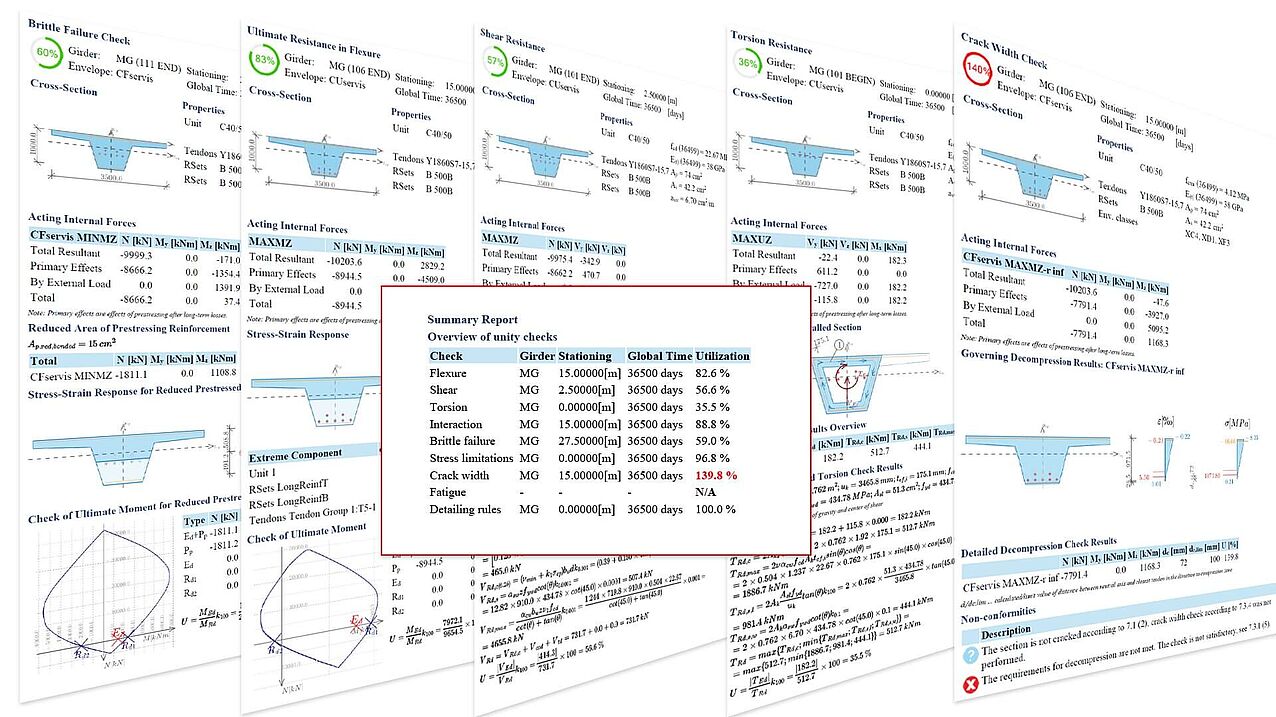From Design to Field: How ALLPLAN Civil Streamlined a Complex Highway Project in Romania
Bridge design is known for being a meticulous and time-intensive process, with engineers often grappling with the limitations of conventional design methods. These traditional approaches, while reliable, lack the flexibility and efficiency required to deal with the complex and varied demands of modern bridge projects. However, parametric design, code-based design tools, and digital BIM processes are overcoming these challenges with new, efficient workflows.
Parametric Bridge Design
With the multiple demands placed on bridge design and construction teams, bringing the entire workflow together seamlessly with digital design tools stands out as a key solution to the growing complexities and challenges of modern bridges.

These workflows begin with parametric design. This approach enables engineers to define certain parameters and rules within their design models, allowing for rapid changes. For an iterative process like bridge design, this enables a deeper exploration of design possibilities by reducing the time required to create variations and changes. Engineers can test various ‘what-if’ scenarios, assessing the impact of changes in design variables on the overall structure in an efficient manner. These variations can be quickly assessed using code-based design tools and easily shared with team members using digital BIM processes.
A good example of one of the practical applications of parametric bridge design tools is for the reinforcement design of prestressed concrete. Parametric design enables more efficient optimization of the cross-sectional area and amount of reinforcement. It also allows the automated adjustment of the geometry of the post-tensioned tendons, their equivalent loads, and the balancing of the internal forces, which affects the design of the prestressing force level.
Another use case is incorporating digital bridge design tools into the strength assessment process for a more detailed and accurate analysis of these complex interactions. By utilizing parametric models, engineers can simulate a range of scenarios where different combinations of internal forces act on the structure. This approach enables the detailed analysis of how changes in one aspect of the design can impact the overall structural behavior, particularly in terms of strength and safety.
Code-based Design Tools for Bridges
Alongside parametric design, code-based design tools are another powerful tool in bridge engineering. Traditionally, verifying code compliance involved manual calculations and meticulous checks, prone to errors and time-consuming iterations. With code-based design, it’s possible to seamlessly ensure code compliance while optimizing designs and streamlining workflows.

Bridge engineers can take their data-rich bridge models through a staged structural analysis, refining and optimizing them with the help of code-based design tools, before creating the construction drawings. These tools can automatically perform linear elastic stress calculations, reinforcement area design, and evaluate the capacity of prestressed concrete sections, for example, or for the strength assessment of concrete sections. This automation not only reduces design time and effort but also significantly minimizes errors and helps ensure compliance with established codes like AASHTO LRFD and EN 1992-2.
This is further enhanced by integrating BIM processes. Because code-compliant design data resides within the BIM model where it is accessible to all project stakeholders, it helps facilitate collaboration and informed decision-making.

Conclusion
Using digital bridge design tools is about making the bridge design process – from the initial geometric design through to construction – easier, more accurate, and more efficient. As bridge projects become more complex and with tighter delivery timeframes, the future of bridge design and construction is one that increasingly relies on the interaction between advanced computational tools and engineering expertise.
ALLPLAN Bridge has been developed to offer all these benefits and more. For a detailed look at the advantages that digital bridge design tools can offer, as well as how they are integrated within ALLPLAN Bridge, download our whitepaper, Modern Bridge Engineering with Digital Design Tools: Designing Compliant and Sustainable Bridges Efficiently with Cutting-edge Technology.





